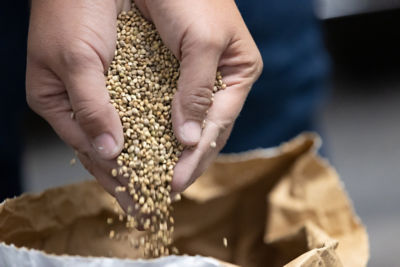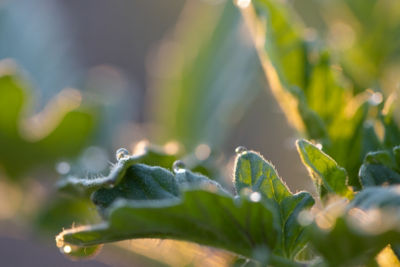Causal Agent
Phytophthora capsici
Distribution
Worldwide
Symptoms
All plant parts can be infected. Root infection typically results in a rapid wilting of the plant. Infected roots turn dark-brown and the outer cortex sloughs off easily. Crown infections start as dark-green, water-soaked lesions that turn dark-brown as they expand. A crosssection through the infected crown reveals dark-brown discoloration that may extend throughout the cortex. Leaf symptoms start as small irregular, water-soaked lesions. As lesions expand, infected tissue dries and turns tan. Sporulation may be observed on leaf surfaces under conditions ideal for fungal growth. Infected stems may be girdled and later dieback. Fruit lesions initially appear dark-green and water-soaked. As infection expands, fruit shrivel, but typically do not drop. Fungal spores and mycelium may be observed on fruit surfaces.
 Leaf blight and stem dieback on pepper.
Leaf blight and stem dieback on pepper.
Conditions for Development
Rainfall, wet soils and poor drainage generally favor disease development and spread. In climates where irrigation is used, extended periods of soil wetness also favor the root and crown rot, stage of Phytophthora Blight. Disease spread usually follows the direction of surface water run-off. In climates with heavy rainfall, foliar blight, as well as root and crown rot occur. Splashing rain and wind spread disease from plant to plant. Spread can also occur when soil is carried on equipment and footwear. Phytophthora capsici can survive in the soil for years in tropical, subtropical and temperate climates.
Control
Use fungicide sprays in combination with cultural practices such as water management and crop rotation to manage Phytophthora Blight. Plant on raised beds to help promote water drainage away from plant roots.




